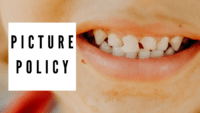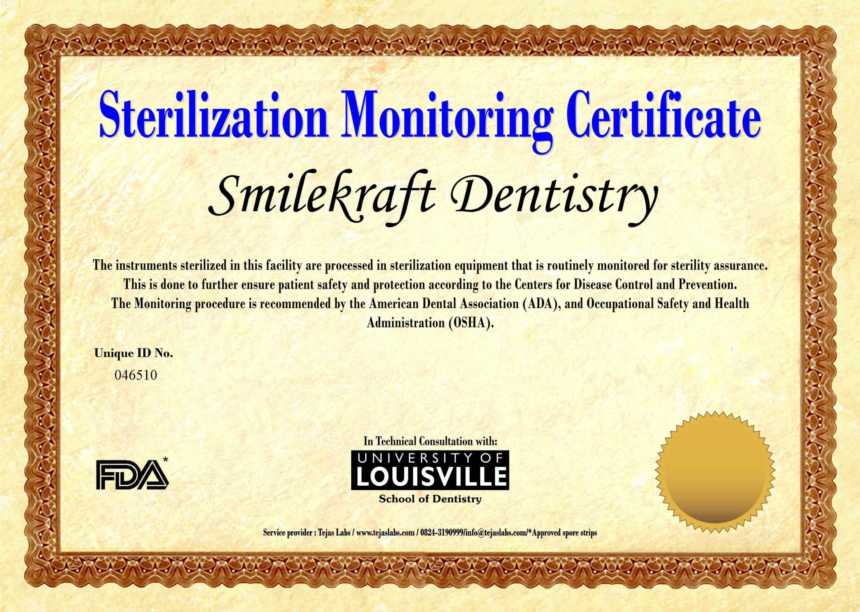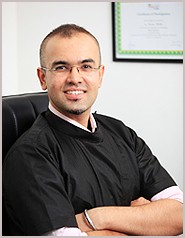Tooth Removal in Pune

Sometimes, even after taking all the efforts, tooth disease can reach a stage where the teeth are not salvageable. In such cases, we may need a dental extraction to prevent further damage to the underlying bone and surrounding gums and teeth. From time immemorial, the extraction of teeth has been dreaded by humans. Till today, it is the most medieval of surgical procedures performed in the human body.
Traditional extractions are done by expanding and fracturing the plate of bone on the cheek side. This is very precious bone. Once lost, it is exceedingly hard to regain. It also, more often than not, impairs our ability to restore the lost tooth by a dental implant. And that’s where Smilekraft Dentistry specializes in keeping any extraction as minimally invasive and traumatic as possible.
Simply put, we just don’t extract teeth; we treat that area keeping all your future needs in mind. If your major functional or aesthetic tooth needs an extraction, then it won’t involve just pulling your tooth off, but would be a neat procedure that will preserve, heal and re-grow much more than is removed. We do this utilizing our modern extraction instruments and special bone grafting materials and techniques.
All said and done, with the technologies available at Smilekraft Dentistry, it is very rare that we extract an important functional tooth or any tooth in the aesthetic zone. Our major dental extraction procedures involve the removal of third molars (wisdom teeth / molar extraction) and dental extractions for orthodontic purposes that give functional and cosmetic improvement.
Wisdom Teeth extractions (Third molar surgeries)
The wisdom tooth is the third molar to appear in the mouth. For most people, a wisdom tooth will begin to grow in during the late teen years, or early twenties. Sometimes a wisdom tooth can grow in with no resulting problems, but usually, a wisdom tooth removal or a molar extraction is required. A misaligned wisdom tooth can cause problems on a number of levels. A poorly aligned wisdom tooth can push against and damage surrounding teeth, injure the jawbone, or even cause damage to surrounding nerves. A misaligned wisdom tooth also presents the possibility of increased tooth decay, as food and debris can be trapped between the wisdom tooth and another molar.
Not everyone has a wisdom tooth. Although unusual, not having a wisdom tooth is not something to worry about (Dr. Priyank falls in this category). However, sometimes a person will have a wisdom tooth that simply never erupts through the gum line. This is called an impacted wisdom tooth. Unfortunately, this kind of wisdom tooth can still cause problems below the gum line. We will be able to determine if you have a wisdom tooth or not. The simplest way to find out is with our painless digital X-ray.

When there is no sufficient space to erupt in the oral cavity (impacted wisdom teeth) removal of wisdom teeth is suggested for the following reasons:
Your wisdom tooth removal treatment may either be “simple” or “surgical”. Simple wisdom tooth removal surgery is performed on teeth that are visible in the mouth under local anaesthesia, and require only the use of instruments to elevate and/or grasp the visible portion of the tooth. Typically, the tooth is lifted and rocked back and forth to make the tooth loose enough to be removed. Surgical wisdom tooth treatments involve the removal of wisdom teeth that cannot be easily accessed, usually because they are covered by the gums partially or completely.




